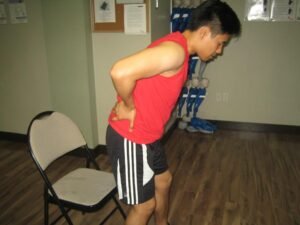Hip synovitis often develops among athletes along with other injuries to the hip joint. Remember that arthritis, labral tears, ligament sprains or chondropathy can cause or exist with synovitis. The condition is often seen among children between the ages of 2-9 years old.
What are the indications?
- An individual with hip synovitis usually has trouble walking along with pain if the hip joint is moved or even while at rest.
- Pain during night time
- Fever might be present
An individual with hip synovitis usually has trouble walking along with pain if the hip joint is moved or even while at rest. - Radiating pain into the knee joint
How are children affected?
It is important to note that transient synovitis of the hip often develops among young children, usually amidst the ages of 2-9. It is not yet fully recognized why this occurs, but it is believed to be associated to a virus.
It triggers pain and inflammation around the hip joint. The symptoms typically arise quickly and can last for up to a week.
Management
The treatment is ideally aimed on dealing with the main case or co-existing condition. NSAIDs or anti-inflammatory medications might be prescribed by the doctor together with physiotherapy to restore normal functioning and movement.
A child who experiences hip pain should be carefully assessed by a doctor. Hip synovitis should be differentiated from a bacterial infection that is more serious. In such cases, it is carried out using blood tests. An X-ray is required to exclude Perthe’s disease. Generally, the condition can run its course, but children should be observed closely along with temperature monitoring.

